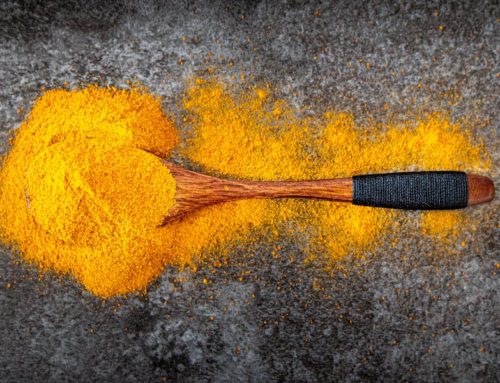Imagine feeling constantly exhausted, experiencing brain fog, and struggling with unexplained health issues. What if the culprit was silently growing in your food or on the walls of your home or workplace? Mold toxicity is a hidden health challenge that affects millions, yet remains largely misunderstood.
Mold is more than just an unsightly patch on your wall. It’s a complex organism that can produce toxins capable of triggering a wide range of health symptoms. Unlike typical mold allergies that cause sneezing or itchy eyes, mold toxicity can create a much more profound impact on your overall well-being.
What Makes Mold Toxic?
Not all molds are created equal. While some are relatively harmless, certain types can produce dangerous toxins called mycotoxins. These microscopic threats can enter your body through breathing, skin contact, or ingestion, potentially causing systemic inflammation and cellular dysfunction.
Common environments for toxic mold include:
- Water-damaged buildings
- Contaminated grains, coffee, milk and dairy products
- Areas with high humidity
- Spaces with hidden water leaks
Recognizing the Subtle Signs
Mold toxicity symptoms can be frustratingly vague, which is why many people go undiagnosed. Some common indicators include:
- Persistent fatigue
- Brain fog and memory problems
- Muscle and joint pain
- Digestive issues
- Mood changes
- Respiratory complications
- Unexplained skin irritations
Who Is Most Vulnerable?
While anyone can be affected by mold toxicity, some individuals are more susceptible. Research suggests that approximately 24% of people have genetic variations that make them more sensitive to mold toxins. These genetic differences can impact how effectively the body identifies and removes these harmful substances.
Protecting Your Health
If you suspect mold might be impacting your health, here are some proactive steps:
- Inspect Your Environment: Look for visible signs of water damage or mold growth.
- Improve Ventilation: Reduce moisture in living spaces.
- Regular Cleaning: Use mold-preventing techniques in bathrooms and other humid areas.
- Professional Assessment: Consider a professional mold inspection if you have persistent symptoms.
- Contaminated grains, coffee, milk and dairy products
Detoxification Strategies
While addressing the environmental source is crucial, supporting your body’s natural detoxification processes can help:
- Stay hydrated
- Support liver function
- Engage in regular exercise
- Consider gentle detoxification supplements
- Practice stress-reduction techniques
When to Seek Help
If you’re experiencing a cluster of unexplained symptoms that don’t respond to traditional treatments, it might be time to explore mold toxicity as a potential underlying cause.
Ready to Take Control of Your Health?
Our wellness experts specialize in comprehensive health assessments that can help uncover hidden environmental health challenges. We offer personalized strategies to support your body’s natural healing processes and improve overall well-being.
Schedule a consultation today and take the first step towards understanding and optimizing your health journey.







